Efforts to control the population of geese are underway in the Redwood Shores area as they threaten the cleanliness of the community’s facilities and the native wildlife that inhabit the area.
The San Francisco Bay Area, which encompasses Redwood City, Foster City, San Mateo, and Belmont, has been home to non-migratory Canadian geese for decades. The grassy fields and the proximity to water have created the perfect habitat for these geese, allowing hundreds of them to inhabit the area.
However, the gaggles of geese strolling along the city’s trails leave behind overwhelming amounts of feces. According to Bay Nature, a single goose can deposit 1 – 1.5 pounds of feces per day. With hundreds of geese in the area, the amount of droppings overwhelms many local parks and pathways.
“There are certain areas where the entire sidewalk is covered with goose poop,” said Aanika Tiwary, a junior at Carlmont High School.
The number of goose droppings can also affect sports, as many soccer fields are scattered with goose droppings everywhere, which creates a nuisance as players practice. Jake Xiang, a junior and a soccer player, highlighted the hassle that the geese can sometimes cause.
“I don’t like them because they leave poop on the grass at the Belmont Sports Complex,” Xiang said. “I landed on some geese poop once, and it stained my shirt.”
According to Redwood City’s Parks, Recreation, and Community Services Department Director Christopher Beth, there are continual efforts to clean up the feces in the park areas. Furthermore, he explained how often this process occurs and how it varies with the seasons.
“[It’s] mostly scooping and power washing. We power wash our fields or pathways or play equipment, then also going back and scooping it up,” Beth said. “Usually a couple of times a week … during high nesting season it is around a couple of times a week, but during spring and summer, not as much.”
Beth also described some more significant issues with the growing presence of Canadian geese in the area: the possible threats to native species. Nonetheless, he also noted the importance of using humane ways to deal with the geese since the more severe methods could simultaneously affect native populations.
“The concern is the balance of the non-migratory geese that love it here but are causing health issues and taking over the nests of native birds,” Beth said. “You have other areas outside the state that just put poison in there. It’s called OvoControl, which makes the geese infertile. Then, there have been studies that find that not only are the geese taking this and ingesting it, but you have all these other native birds that are ingesting it, so there’s no way that we would ever do that.”
To help mitigate the geese population, the cities of Redwood City, Belmont, San Mateo, and Foster City employ Chris Rudnicki, who uses geese addling, a method of either poking holes in eggs or covering eggs in oil to prevent more goslings from increasing the population. This method is more humane than using OvoControl, as you can focus on specific eggs, and it’s more effective than other methods, like using dogs or other loud noises, which the geese eventually become accustomed to.
Despite the efforts by Rudnicki to better control the geese population, Beth noted that the geese population continues to increase 7% each year. That is why the four cities are looking into having a more regional approach to handling the geese population. Geese management is currently handled on a city-by-city basis, but officials worry that the population will simply move to a neighboring city instead.
“We’re working with the county of San Mateo to see if they can help. It’s not just a city issue because now, cities have to work together. Still, it’s more of a regional issue with problems from the South Bay to Santa Clara County to San Mateo County. So we’re trying to see if a county-wide approach might be easier and better to help us with this situation,” Beth said.
Regardless of the nuisance that geese can cause in the local parks, their presence also positively affects the community. Carlmont geometry teacher James Donnelly explained how he enjoys the sight of Canadian geese in his neighborhood.
“There are lots of goose droppings in the neighborhood, but that doesn’t bother me too much,” Donnelly said. “I love watching the little goslings. How could you not want that in your neighborhood?”
No matter what good or bad the geese have on the population, the city noted its goal is not to get rid of the geese but bring the population down to a more balanced level. The proper balance is still undetermined, though, since there are different perspectives on what makes a balanced geese population.
“I’m an animal lover. A lot of people are animal lovers. It’s just a matter of finding the population balance, and I don’t know the perfect balance,” Beth said. “That’s why we are thinking about how can we get help to determine that balance. There’s not the idea at all to get rid of them; rather, the question is what is the right balance in our population for our bay land areas.”

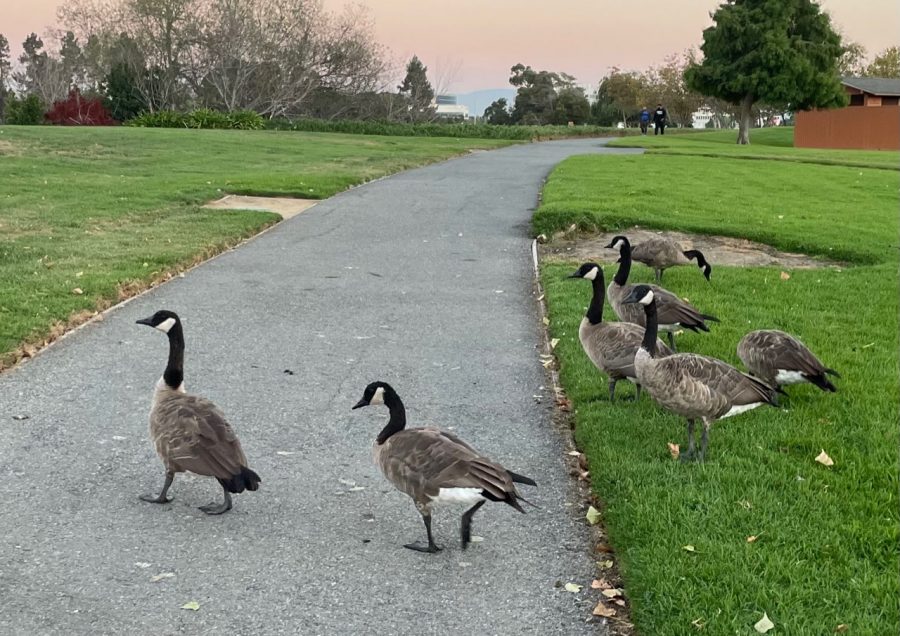
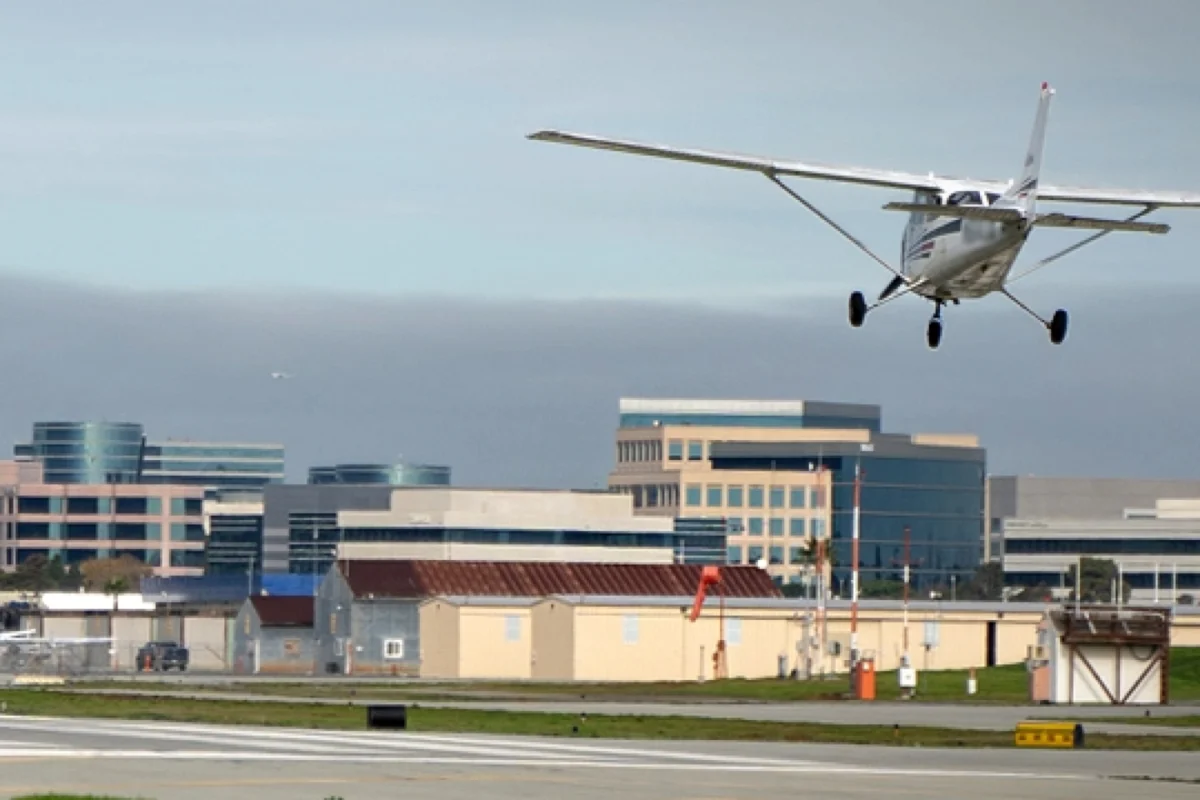



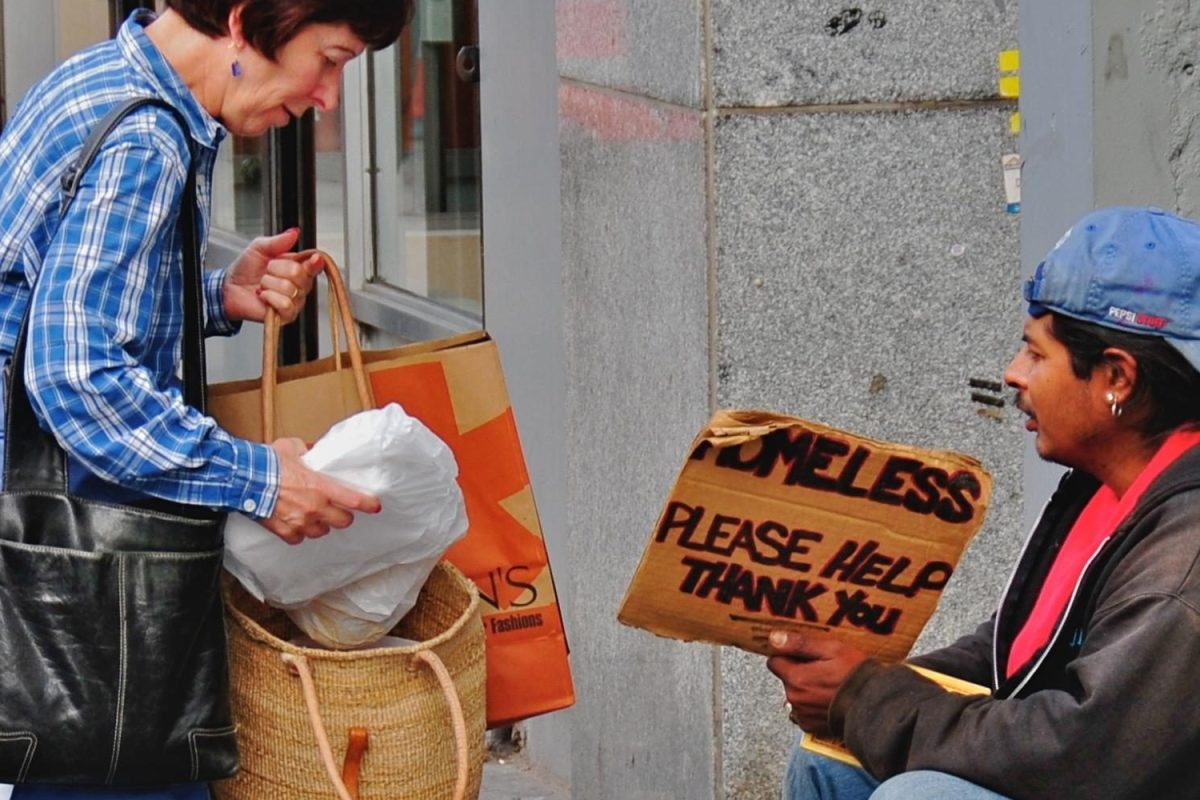
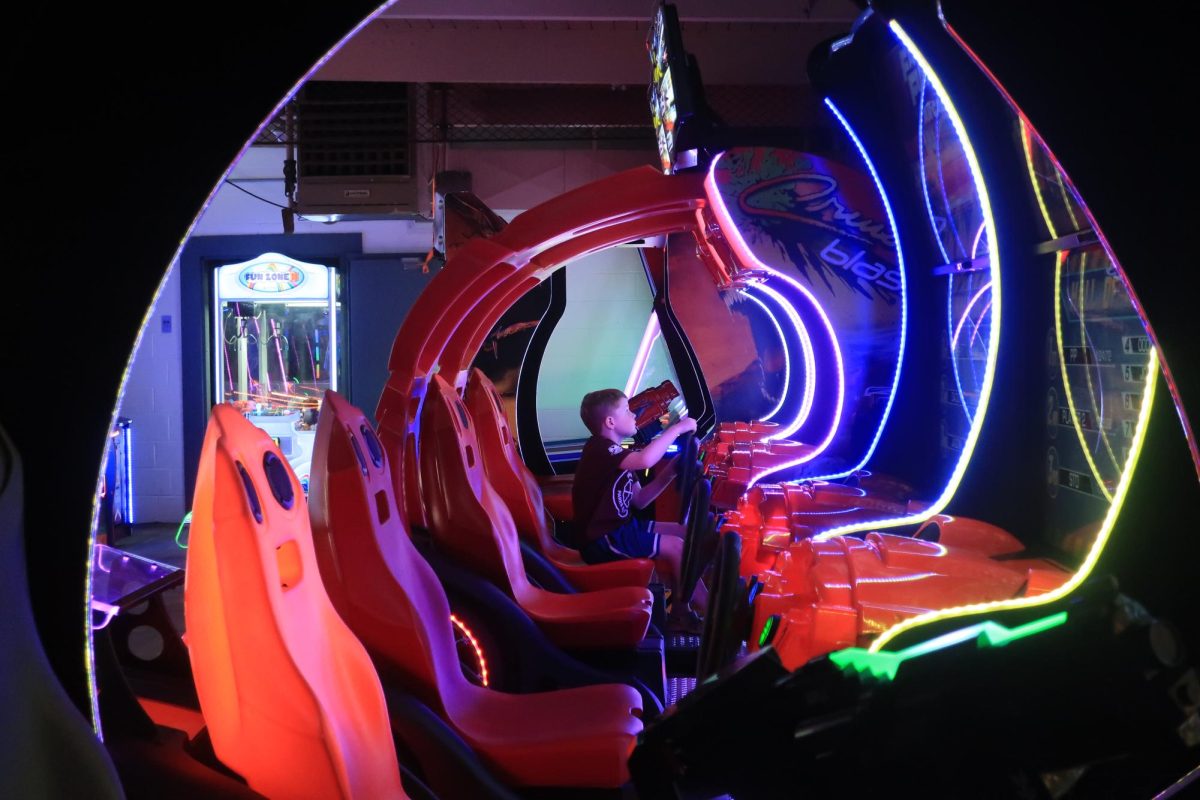





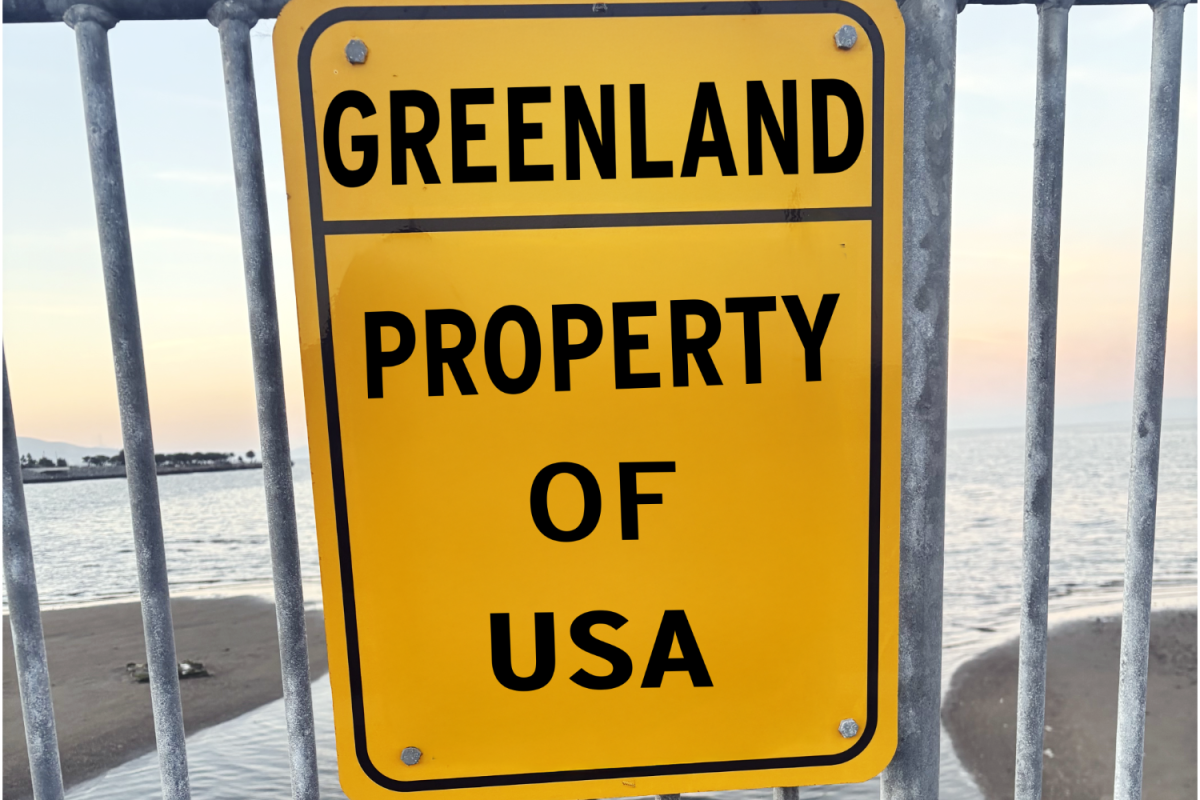










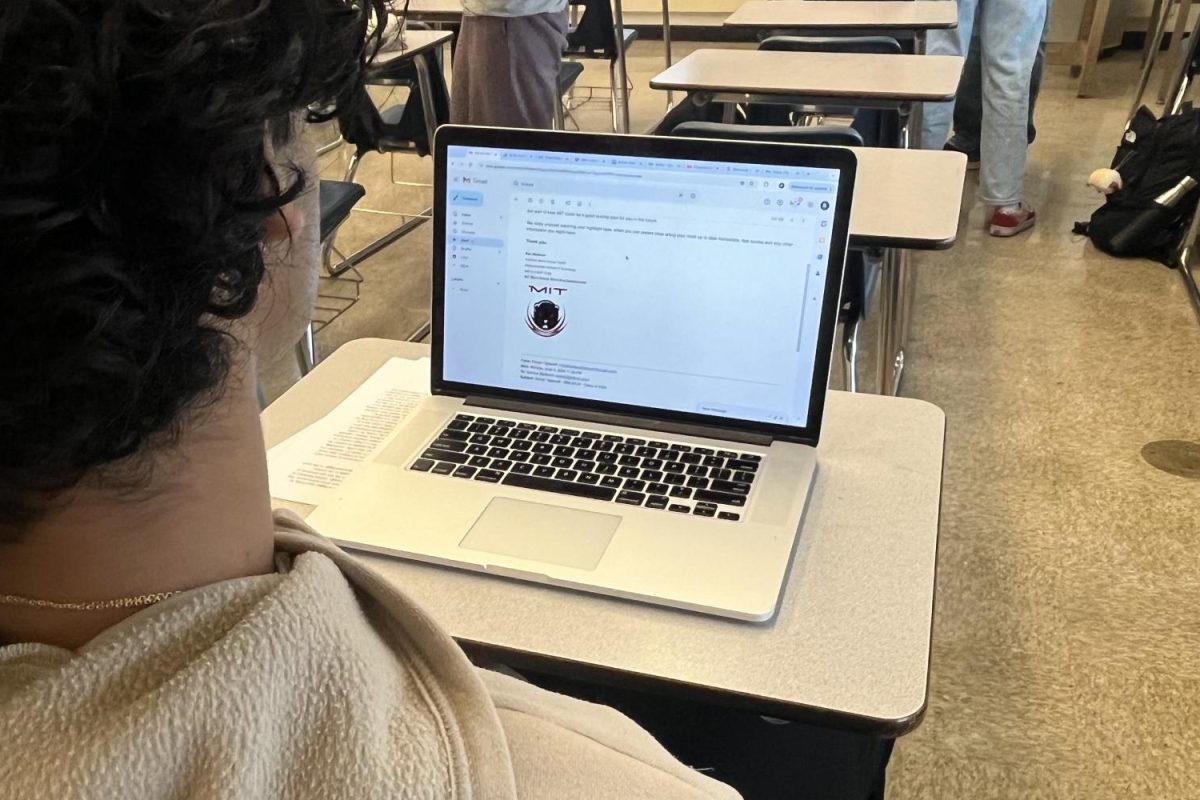

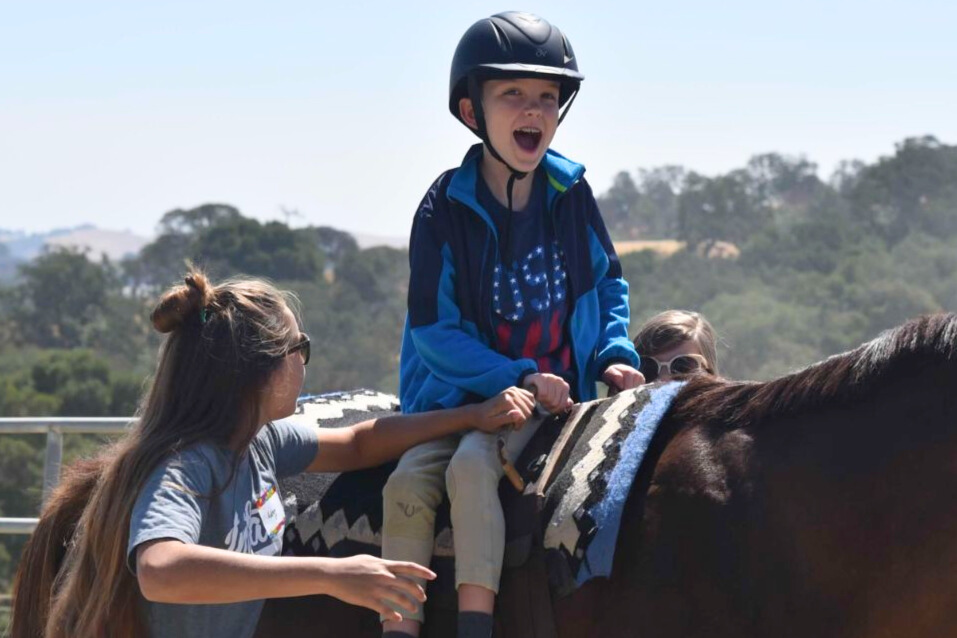

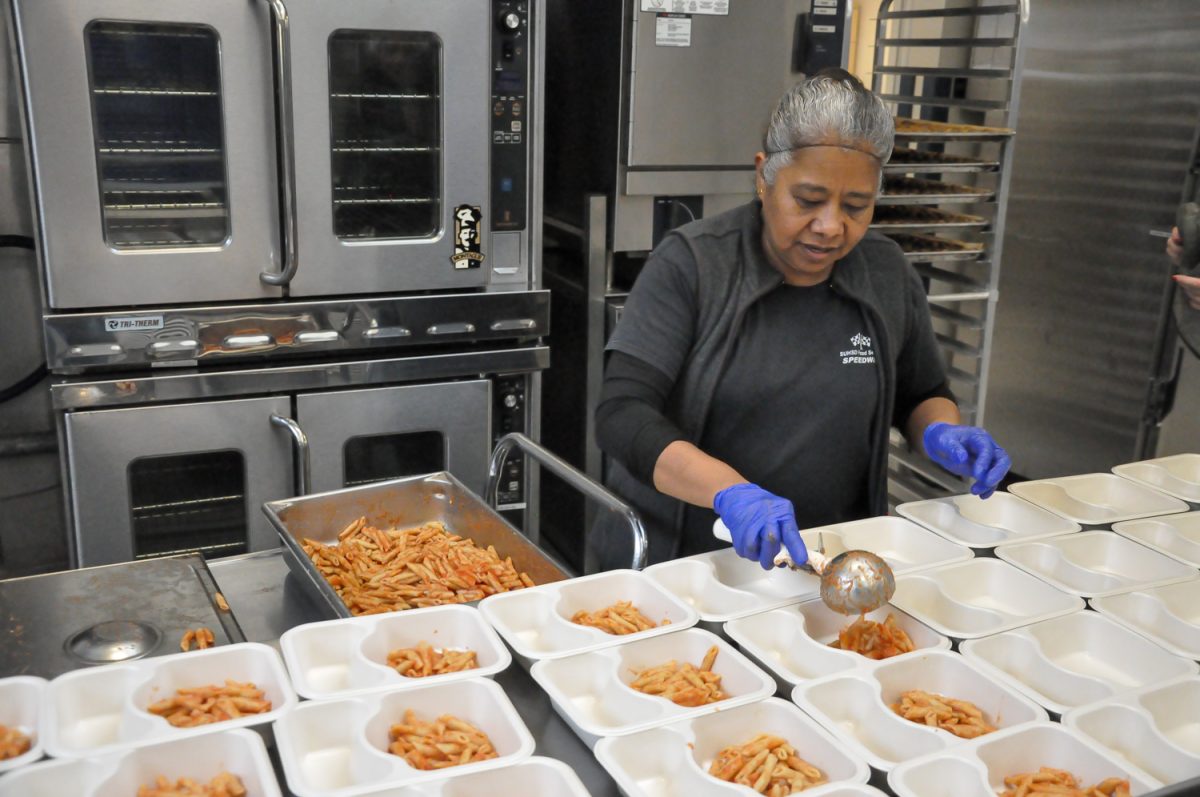
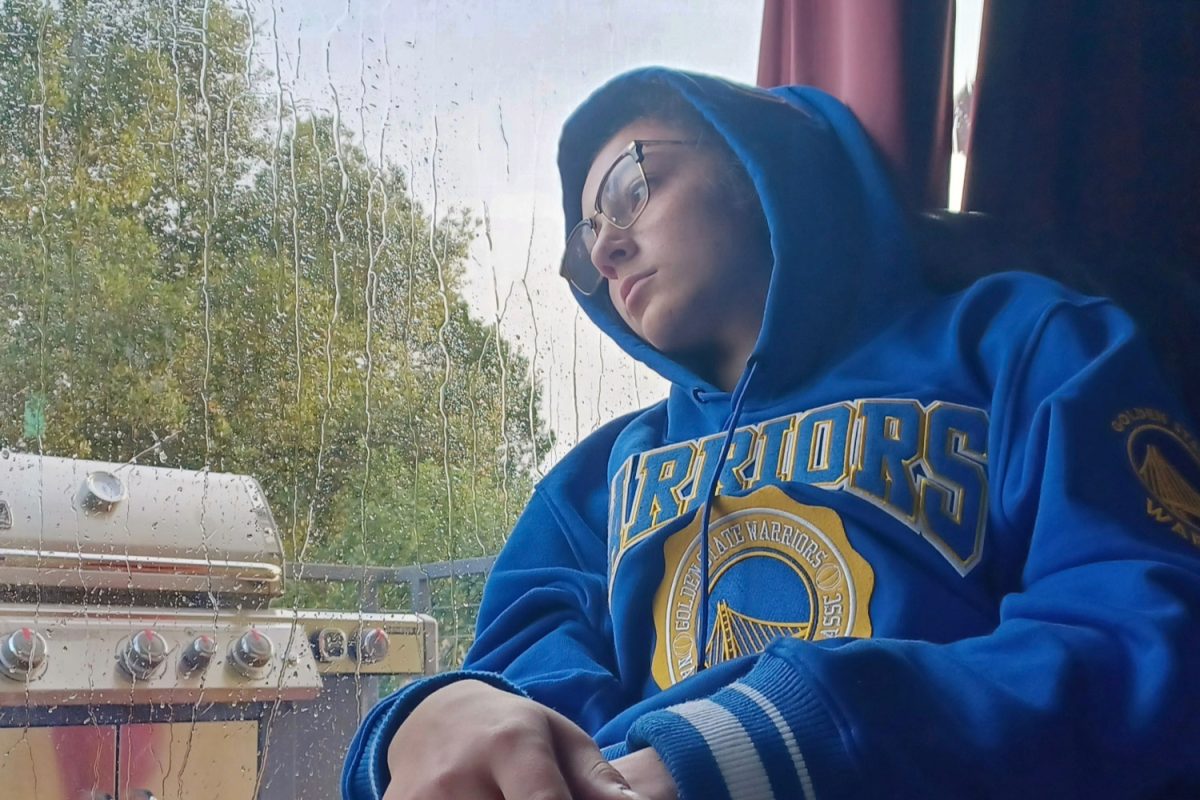



Tiffany Durand • Sep 19, 2021 at 5:57 am
Hi Robin,
I really enjoyed reading your article about the geese. Great work! It’s been so fun reading all of our former Cipriani student’s articles in the scoop. I used to take my first grade classes down to the shores to go birdwatching. I’m afraid if I did the now one might get eaten by a goose!
Take care and keep writing,
Mrs. Durand